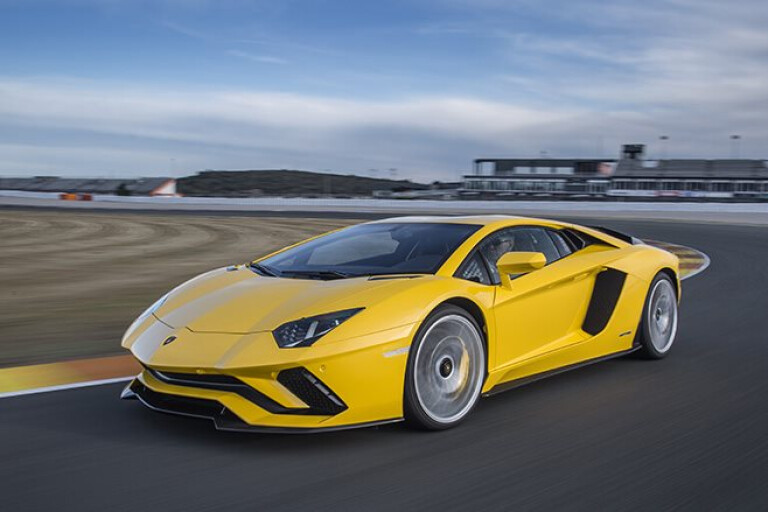
If you had to take a guess, how many companies would you say are out there around the world that classify as EV manufacturing startups?
A few dozen? Nope. According to a report on traxcn.com it’s in the hundreds.
So what makes Milan-based outfit Aehra any different from the pack? Outwardly, it appears to follow a vaguely familiar script, claiming it will soon unveil a sedan and SUV that are a revolution in terms of packaging, together with class-leading efficiency and range.
Of course Aehra throws the ‘disrupter’ word around liberally in its messaging, along with the brand’s positioning: ultra-premium.

But there’s no prototype revealed, not even a sketch, and the plan is to outsource the manufacturing.
So who is Aehra, and why should we care? Stay with me. The co-founder and CEO is Hazim Nada, a 40-year-old US bloke who, according to his bio, founded his own multinational commodities trading company which grew to a multi-billion-dollar turnover.
The intriguing part of Aehra’s story is its ability to persuade designers of this calibre to join a start-up
Nada didn’t respond to our request for an interview, so I’ll have to take his word that he’s ready “to disrupt the market by creating truly desirable cars with Italian elegance, that will finally optimise the benefits that EV design affords and redefine the automotive experience.”

But Nada’s resume is not the reason the company caught my eye, nor the fact that his co-founding partner, Sandro Andreotti, is an elite-level aviator and skydiver.( Incidentally, in 2012, the pair founded Aero Gravity, Europe’s largest vertical wind tunnel, which does sound very cool.)
No, what leapt out at me was the design talent that Nada and Andreotti have managed to recruit at this stage of the start-up process. Aehra’s Chief Design Officer is Filippo Perini, who spent 11 years at Lamborghini, and penned or oversaw the creation of designs including the Murciélago, Aventador, Huracán and Urus.
When I read that Perini had left his most recent gig as Chief Designer at the Genesis Advanced Design Studio in Europe to join Aehra, that got my attention.

But the design recruitment goes even deeper. Head of Design is Alessandro Serra, who’s had a working relationship with Perini that started over 20 years ago, with a large chunk of that at Lamborghini, and most recently at Genesis.
Further bolstering the Lambo connection is the recent appointment of Alessandro Salvagnin and Marco Quamori as senior designers. Salvagnin has previously been Lamborghini Design Manager, while Quamori left Italdesign to join Aehra.
There are a couple of reasons I find this interesting. Firstly, it highlights that developing or sourcing platforms, powertrains and operating systems in the EV age is actually the easier part of the very complex task of building a car from scratch.

It’s executing a really persuasive and distinctive design that’s arguably the more challenging part, which is why companies like Aehra, still at best three years away from bringing a car to market and actually seeing any cash come in, are spending big on in-house design talent.
But the other intriguing part of Aehra’s story is its ability to persuade designers of this calibre to leave top-level companies to join a start-up. You’d have to think that their collective belief in Aehra’s ability to transition from fledgling player to profitable, sustainable EV manufacturer must be substantial.
Unless, of course, the remuneration scheme for the design team is more complex, and – pure speculation here – they have skin in Aehra’s game.

The financial press is full of reports about how the combination of Tesla’s crazy valuation and the market tolerance for lightly scrutinised reverse takeovers has led to a stampede of EV companies being publicly listed. Lucid, Rivian, Nikola, Lordstown, Fisker, Canoo, and Arrival were all among businesses that went public before delivering a single completed vehicle to a customer.
But maybe that’s not relevant, and there really is a good-news story here. Maybe Aehra will actually unveil two EVs by years’ end that are not only intelligently designed and supremely efficient, but also pants-grabbingly good looking.
In a world increasingly awash with Tesla Model 3s and Model Ys, that would have to be something positive, right?



COMMENTS